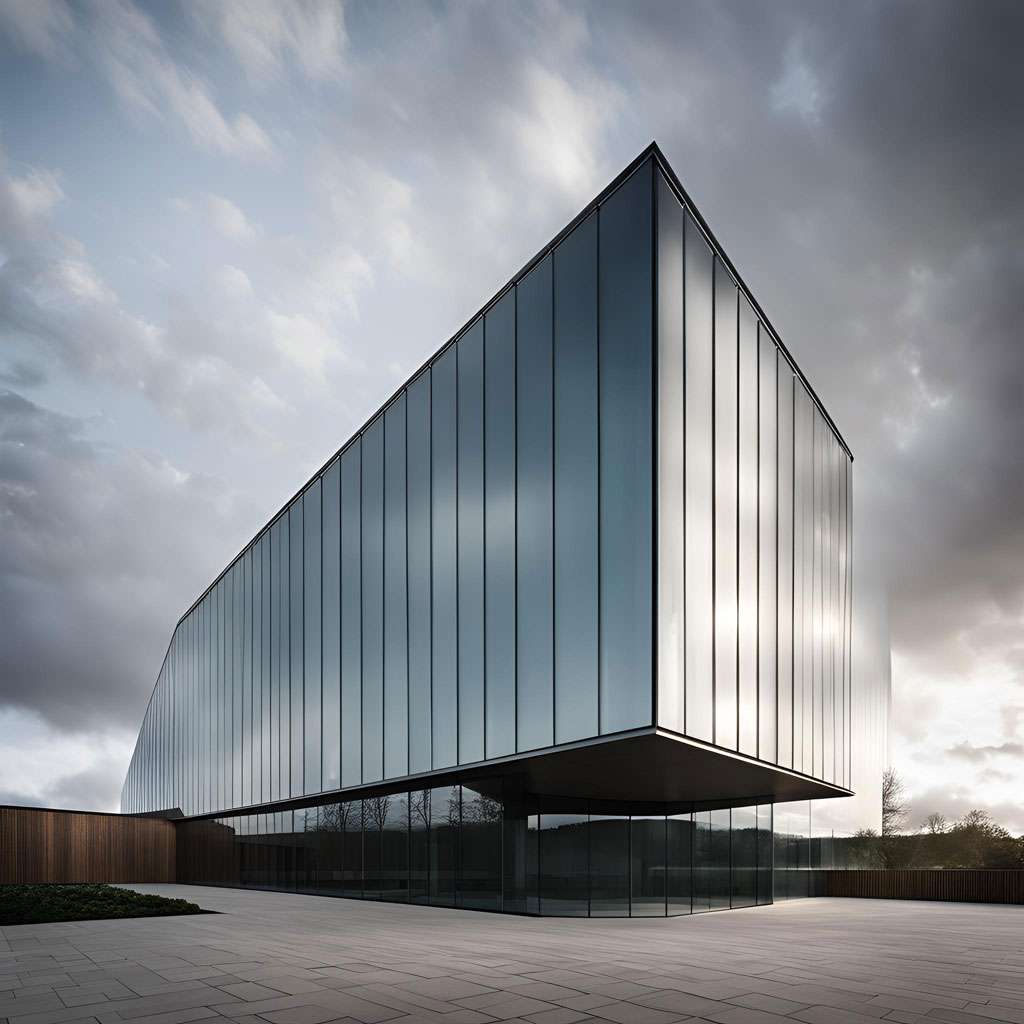| How long do 3D architectural renderings take? |
When it comes to the creation of 3D architectural renderings, the timeline can vary depending on several factors. As a visual representation that brings architectural designs to life, 3D architectural rendering requires meticulous attention to detail, software expertise, and clear communication between the client and the rendering team. At Luxe3D.co.uk, we specialize in delivering high-quality 3D architectural renderings that capture every nuance of a project. Below, we will explore the factors that influence the time it takes to create these stunning visualizations.

-
1. Project Complexity
The more complex the architectural design, the longer it will take to produce a 3D architectural rendering. A single room or small house will naturally require less time than a large commercial building or a multi-unit residential project. The intricacy of the details, from the building’s structural elements to interior features such as furniture, lighting, and textures, will also impact the timeline.
- Simple projects: Small, straightforward designs (e.g., a single room or a small house) can take anywhere from a few days to a week.
- Complex projects: Larger, more detailed projects (e.g., commercial complexes, skyscrapers, or luxury villas) can take several weeks or even months.
At Luxe3D.co.uk, we ensure that our 3D architectural rendering services meet your timeline expectations, without compromising on quality, regardless of project size.
2. Level of Detail
A critical aspect of any 3D architectural rendering is the level of detail included. Renderings that require photorealism—where materials, lighting, and textures must look indistinguishable from real life—take more time to produce. The inclusion of realistic environments, landscaping, and specific weather or lighting conditions can also extend the rendering process.
- Basic renderings: These are simpler and might not require photorealistic detail, potentially speeding up the rendering process.
- Photorealistic renderings: High-quality, lifelike renderings with detailed textures, lighting, and shadow effects will take longer to complete.
At Luxe3D.co.uk, our 3D architectural rendering team uses the latest software to achieve breathtaking levels of detail, ensuring your project looks as realistic as possible.
3. Number of Views or Rendered Images
If a client needs multiple views of the project—such as interior and exterior perspectives, multiple rooms, or various angles—the process will take longer. Each view requires adjustments to lighting, shadows, materials, and even camera angles. The more views or angles required, the more time the rendering team needs to dedicate to each 3D architectural rendering.
- Single view renderings: If only one view is needed, the process will be faster.
- Multiple view renderings: Multiple perspectives, such as a full set of interior and exterior views, will extend the project’s completion time.
At Luxe3D.co.uk, we efficiently manage multiple-view 3D architectural renderings, providing stunning visuals that meet your project needs without unnecessary delays.
4. Client Revisions
Revisions are a natural part of the 3D architectural rendering process, as clients may request changes to certain elements or adjustments to the overall look and feel of the project. The number of revisions requested can significantly impact the timeline.
- Minimal revisions: When the client is satisfied with the initial render or only requests minor changes, the project can be completed quickly.
- Extensive revisions: If major adjustments are required—such as altering the design, materials, or layout—it can add several days or weeks to the timeline.
At Luxe3D.co.uk, we work closely with clients to ensure that our 3D architectural renderings align with their vision, offering clear communication throughout the revision process to keep things on schedule.
5. Rendering Software and Hardware
The software and hardware used in the 3D architectural rendering process also play a role in determining how long the project will take. High-end rendering software, like V-Ray, 3ds Max, and Lumion, can produce stunning results but may take longer to render depending on the project’s complexity. Similarly, the hardware—such as powerful GPUs and multi-core processors—can affect how quickly the rendering process can be completed.
- Advanced rendering software: Tools like V-Ray and 3ds Max produce exceptional results but may require longer rendering times due to their advanced capabilities.
- Hardware speed: Faster processors and more powerful graphics cards can reduce rendering times.
At Luxe3D.co.uk, we utilize state-of-the-art technology to deliver efficient and high-quality 3D architectural renderings as quickly as possible.
6. Animation or Static Image
If the 3D architectural rendering includes an animation, such as a video walkthrough of a property or a flyover of the landscape, the timeline will naturally be extended. Animations are more complex and require significantly more processing time than static images.
- Static images: Typically faster to create and render.
- Animated renderings: Require more time due to the additional frames and motion elements.
At Luxe3D.co.uk, we offer both static and animated 3D architectural renderings, ensuring your project gets the right format while managing delivery time effectively.
Conclusion
In conclusion, the time it takes to create a 3D architectural rendering depends on several factors, including the complexity of the design, the level of detail, the number of views, and any revisions requested by the client. While simple projects may be completed in just a few days, more complex designs can take several weeks. At Luxe3D.co.uk, we pride ourselves on delivering stunning 3D architectural renderings on time, every time, without sacrificing quality. We tailor our services to meet your project’s needs, ensuring that you receive visually captivating renderings within your desired timeframe.
